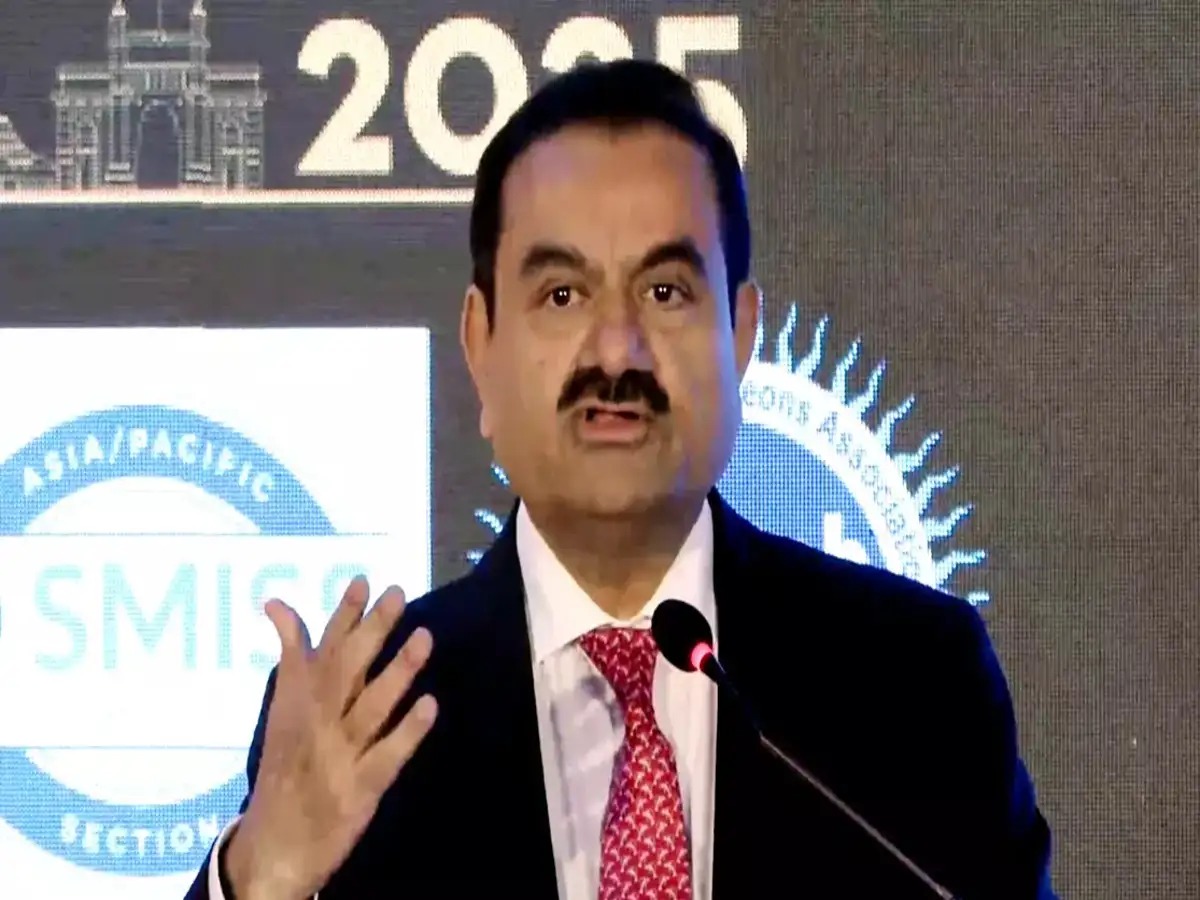 Image Source: The Daily Jagran
Image Source: The Daily Jagran
A recent global survey assessing the religiosity of populations worldwide has placed India surprisingly low on the list, ranking it at 54th among 148 countries based on the percentage of people who identify as religious. This finding contrasts sharply with India’s global image as the birthplace of major religions like Hinduism, Buddhism, Jainism, and Sikhism. The survey sheds light on shifting religious attitudes across countries and reveals a diverse landscape of faith and secularism in 2025.
Key Highlights: Insights Into Global Religiosity
The list ranks countries by the percentage of their population who consider themselves religious, reflecting personal devotion, observance, and cultural attachment to faith.
Somalia topped the list as the most religious country, with 99.8% of its citizens identifying as religious, followed closely by Niger (99.7%) and Bangladesh (99.5%).
Countries like Indonesia, Malawi, Yemen, Sri Lanka, Mauritania, and Ethiopia also featured prominently among the most religious nations, each with over 98% religious adherence.
On the other end of the spectrum, China ranks as the least religious country with only 7% professing religiosity, followed by Estonia (16%), Sweden (17%), Denmark (19%), and Norway (21%).
Western democracies such as the United States ranked 104th; United Kingdom and Japan also fall within the lower tier, indicating widespread secular or non-religious identification.
India’s 90% religiosity score, while high, places it behind many predominantly Muslim and African nations known for deeply woven spiritual lives.
Factors Influencing India’s Religious Ranking
Rapid urbanization, increased educational attainment, and exposure to modern scientific paradigms have contributed to a nuanced evolution in religious affiliation and participation in India.
India’s multi-religious and pluralistic society encompasses diverse practices, from intense traditional devotion to more individualistic, secular outlooks.
Survey methods and definitions of “religiosity” vary and may not fully capture India’s complex spiritual practices embedded in daily life beyond institutional religion.
Youth in India increasingly identify with cultural rather than strictly religious frameworks, reflecting global trends of spirituality evolving distinct from organized religion.
Global Religious Landscape and Trends
Christianity remains the largest religion worldwide, with 2.38 billion adherents, followed by Islam with over 1.91 billion, both dominating the most religious country lists.
African and Middle Eastern countries dominate high religiosity rankings due to prevailing cultural norms, social cohesion tied to faith communities, and limited secularization.
Developed Western countries show higher percentages of secular or non-affiliated populations, influenced by historical shifts, modernist values, and the rise of atheism or agnosticism.
Asia presents a mixed picture where countries like the Philippines score high on religious adherence (96%), whereas nations such as Japan (24%) and Hong Kong (24%) reflect lower religiosity.
Trends indicate that religiosity may correlate with economic development, education levels, political structures, and the presence of religious institutions.
Implications for Society and Policy
The wide global disparity in religiosity impacts societal values, policymaking, education, and intercultural relations.
Countries with high religiosity often embed faith into public life, governance, and community activities, whereas more secular states emphasize separation of religion and state.
Understanding religiosity patterns aids in addressing social cohesion, minority rights, and interfaith dialogue across culturally diverse nations.
Looking Ahead
The evolving nature of religiosity suggests the future will see more fluid and hybrid spiritual identities with growing emphasis on personal faith experiences.
India’s unique religious hybridity combined with civic secularism may influence new models of pluralistic coexistence amid global shifts.
Continuous research and attentive interpretation are essential to grasp the multifaceted role religion plays in forming modern identities and societal frameworks.
Conclusion
The 2025 global snapshot of religious devotion reveals India, despite its profound religious history, occupies a moderate ranking in terms of self-identified religiosity. This reflects complex social transformations, emerging secular perspectives, and the pluralistic fabric of Indian society. As trends continue to evolve worldwide, this nuanced understanding fosters appreciation for the diverse ways faith and spirituality shape human life.
Sources: CEOWORLD Magazine, World Population Review
Advertisement
Advertisement





